Scars are the body’s natural way of healing — a visible sign of recovery and resilience. But sometimes, scars don’t follow the typical healing path. What may seem like “normal” redness or texture can actually indicate that your skin needs professional attention.
At Rejûvaskin, we believe every scar deserves the right care and attention. In this article, we’ll help you recognize the red flags that suggest your scar may not be healing properly — and what steps you can take to support healthy recovery.
1. What Normal Scar Healing Looks Like
During the healing process, your skin moves through three main phases: inflammation, proliferation, and remodeling. Early on, a scar may appear pink, slightly raised, or even itchy — all of which can be normal. Over time, it should gradually flatten, soften, and fade in color.
If instead your scar becomes darker, thicker, painful, or begins to spread beyond the original wound, it may signal an abnormal response.
2. Red Flags That Mean It’s Time to See a Specialist
a. Persistent Redness or Swelling
Prolonged redness or warmth around a scar can indicate ongoing inflammation or infection. Chronic inflammation disrupts normal collagen remodeling and can lead to poor cosmetic or functional outcomes (Friedstat & Hultman, 2014).
b. Pain, Drainage, or Odor
If a scar oozes fluid, develops a foul smell, or remains painful, it’s important to consult a clinician. These can be signs of infection or delayed healing.
c. Thickened, Raised, or Expanding Scar Tissue
When scars remain thick, raised, or begin to grow beyond the wound’s edge, they may be hypertrophic or keloid scars. Studies show these result from excessive fibroblast activity and overproduction of collagen (Ogawa, 2022). Early medical evaluation can help manage or prevent progression.
d. Limited Mobility or Tightness
Scars that form near joints, on the chest, or abdomen may cause tightness or restricted movement. In these cases, early intervention from a wound-care or physical therapy specialist helps maintain range of motion and prevent long-term stiffness.
3. What a Specialist Can Do
A dermatologist, plastic surgeon, or wound-care professional can determine the scar type and underlying cause. They may recommend:
-
Silicone therapy (gel or sheeting) — a first-line, evidence-based treatment for raised scars shown to improve texture and color (Mustoe et al., 2002).
-
Corticosteroid injections — to reduce keloid or hypertrophic scarring.
-
Laser or microneedling therapies — to remodel collagen and smooth texture.
-
Compression or combination therapy — for large or burn-related scars.
4. How to Support Healing at Home
Even when working with a specialist, at-home care makes a huge difference. Rejûvaskin’s scar-care line is designed to complement medical guidance with gentle, effective, and science-backed solutions:
-
Scar Esthetique® Silicone Scar Cream — Enriched with antioxidants and botanicals to help reduce discoloration and uneven texture.
-
Scar Fx® Silicone Sheeting — Medical-grade silicone sheets that flatten and hydrate scars while protecting the skin.
-
Scar Heal Kit — Combines the benefits of silicone sheeting and topical therapy for round-the-clock care.
-
Complete Scar Bundle — A full regimen to support both new and mature scars through every phase of healing.
Consistent use of silicone therapy helps maintain optimal hydration, reduces collagen overproduction, and encourages a smoother, more even scar appearance — all backed by decades of clinical research.
5. Prevention and Early Action
Healthy scar care starts early. Once your wound has closed, follow these best practices:
-
Protect your scar from UV exposure
-
Keep the area hydrated and clean
-
Avoid picking or stretching the skin
-
Monitor changes in color, thickness, or discomfort
If something feels off — seek advice sooner rather than later. Early intervention leads to better healing, smoother texture, and greater confidence in your skin.
Healing takes time, but it should follow a predictable path. If your scar becomes raised, painful, or changes color or shape, it may be signaling a problem beneath the surface. With the right combination of professional guidance and Rejûvaskin’s proven silicone-based products, you can help your skin heal beautifully — restoring balance, comfort, and confidence.
At Rejûvaskin, we’re here to remind you: every scar can heal with care.
Works Cited
Friedstat, J. S., & Hultman, C. S. (2014). Hypertrophic burn scar management: What does the evidence show? Aesthetic Plastic Surgery, 38(5), 835–848. Link
Mustoe, T. A., Cooter, R. D., Gold, M. H., Hobbs, F. D. R., Ramelet, A. A., Shakespeare, P. G., ... & Ziegler, U. E. (2002). International clinical recommendations on scar management. Plastic and Reconstructive Surgery, 110(2), 560–571. Link
Ogawa, R. (2022). The most current algorithms for the treatment and prevention of hypertrophic scars and keloids. Plastic and Reconstructive Surgery, 149(5), 1147–1157. Link
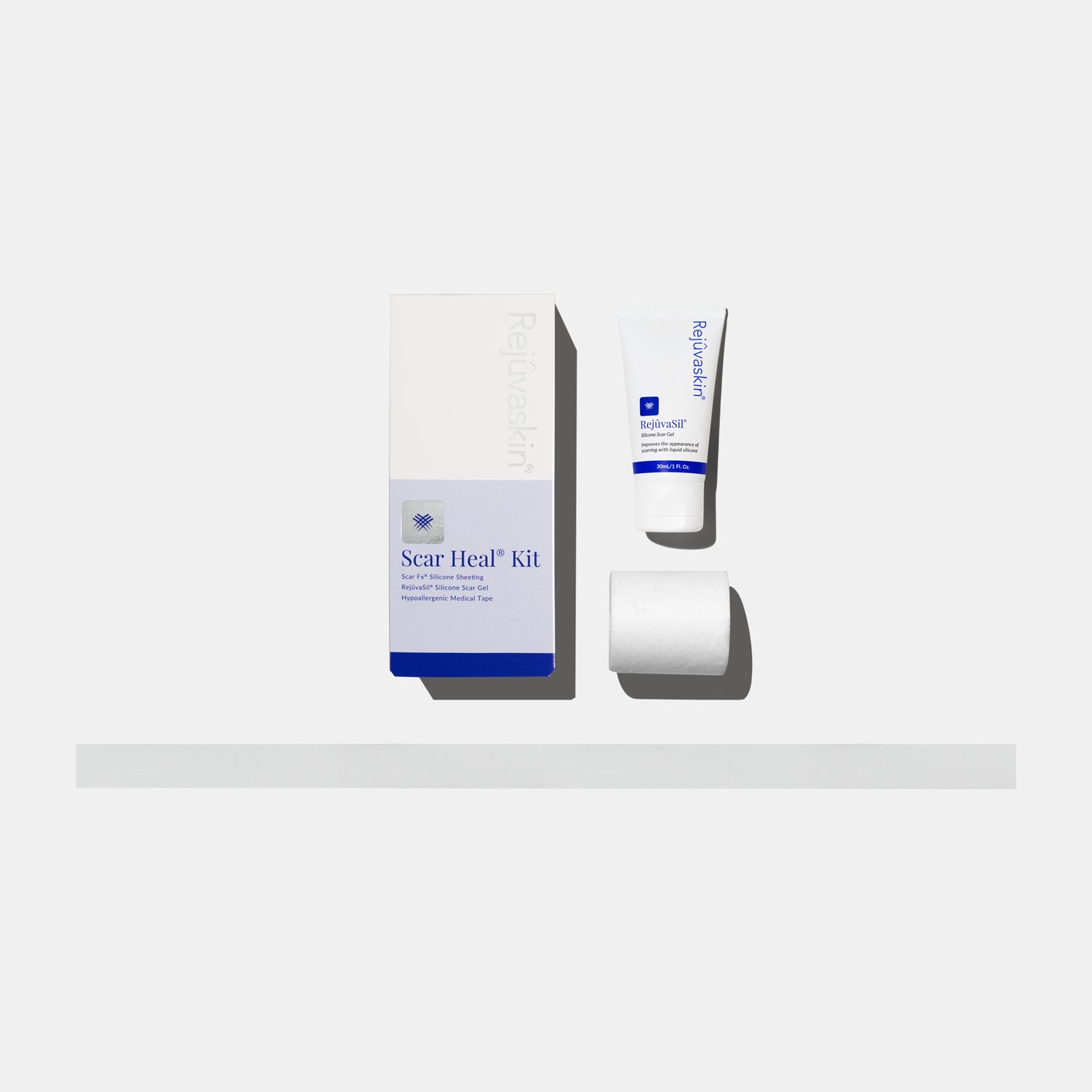



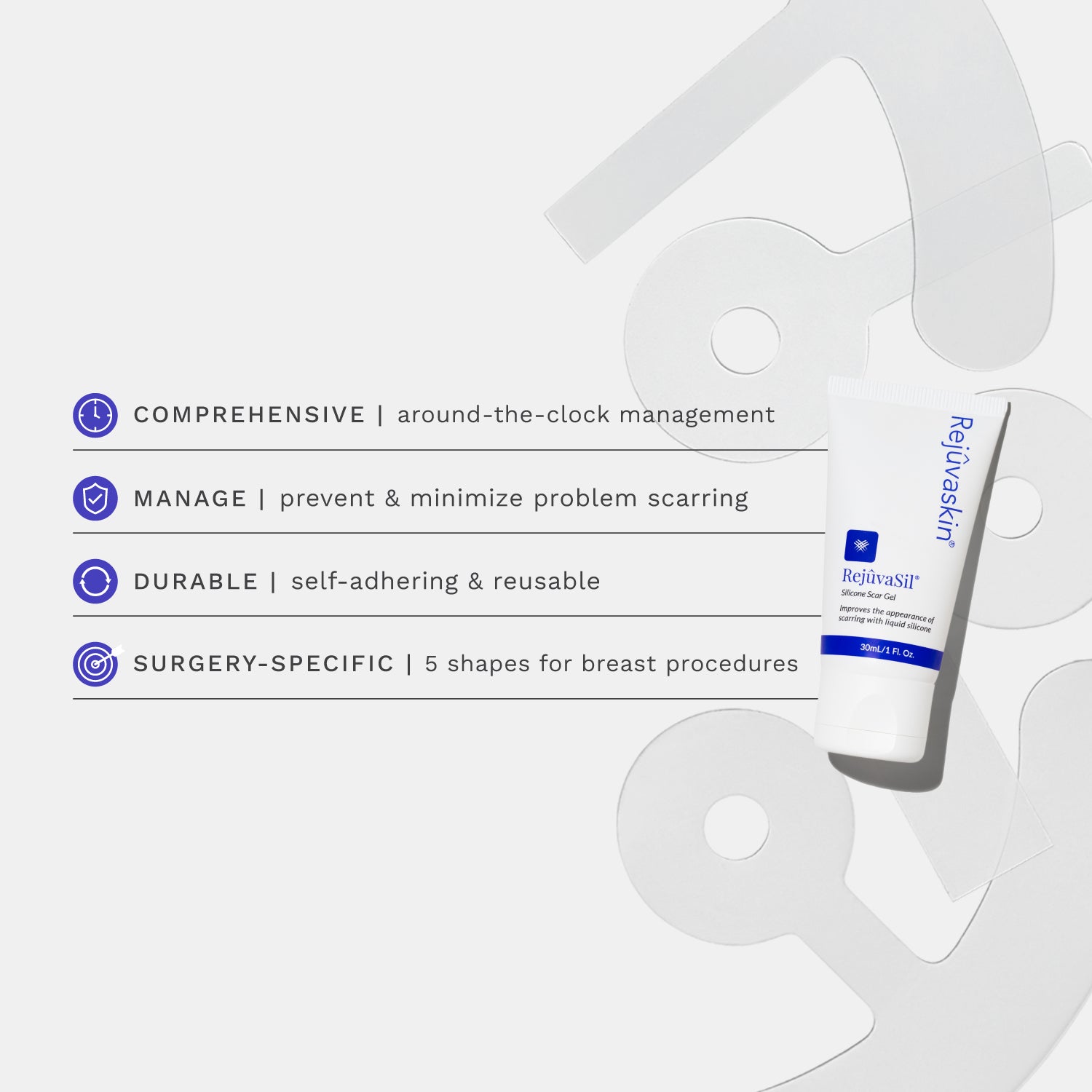
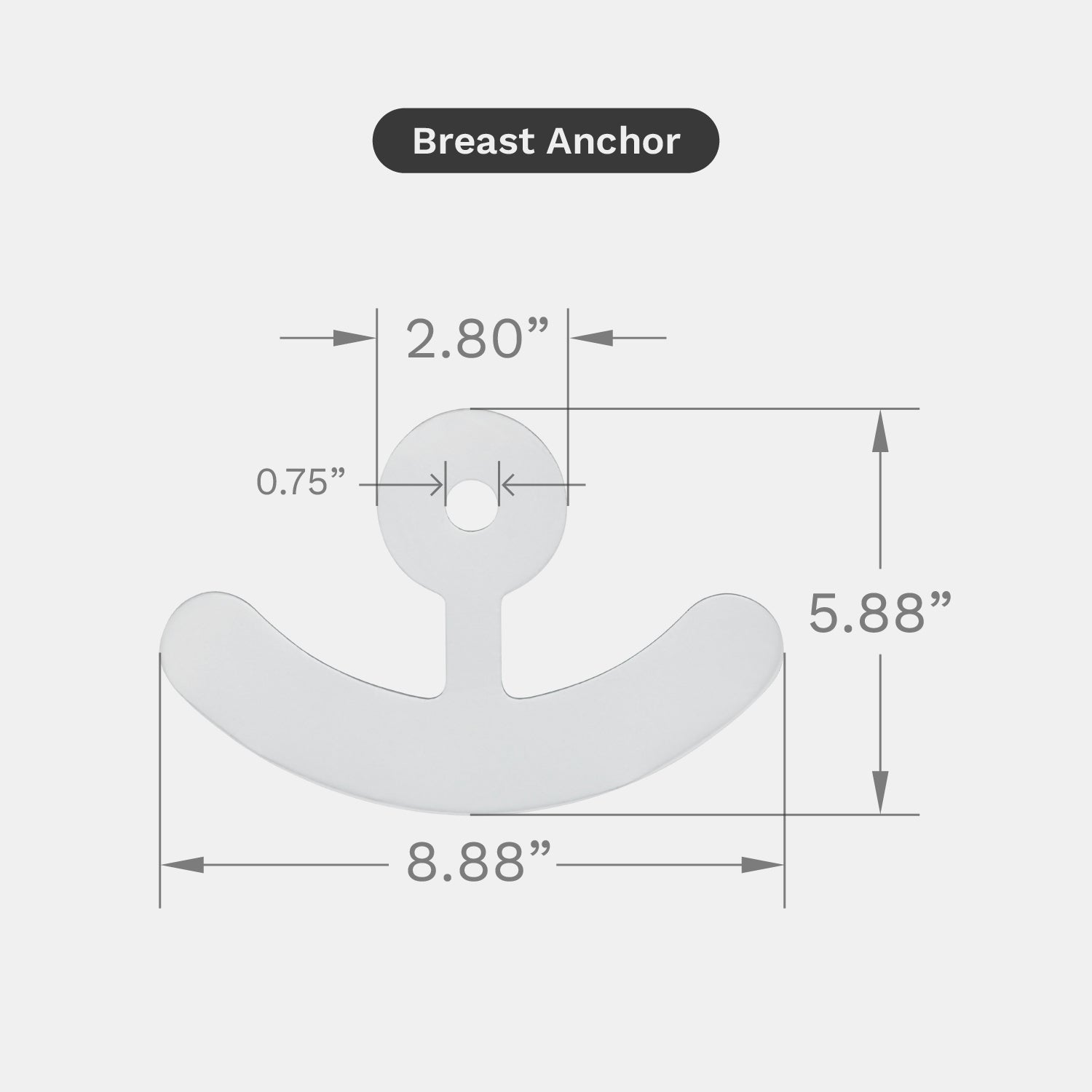
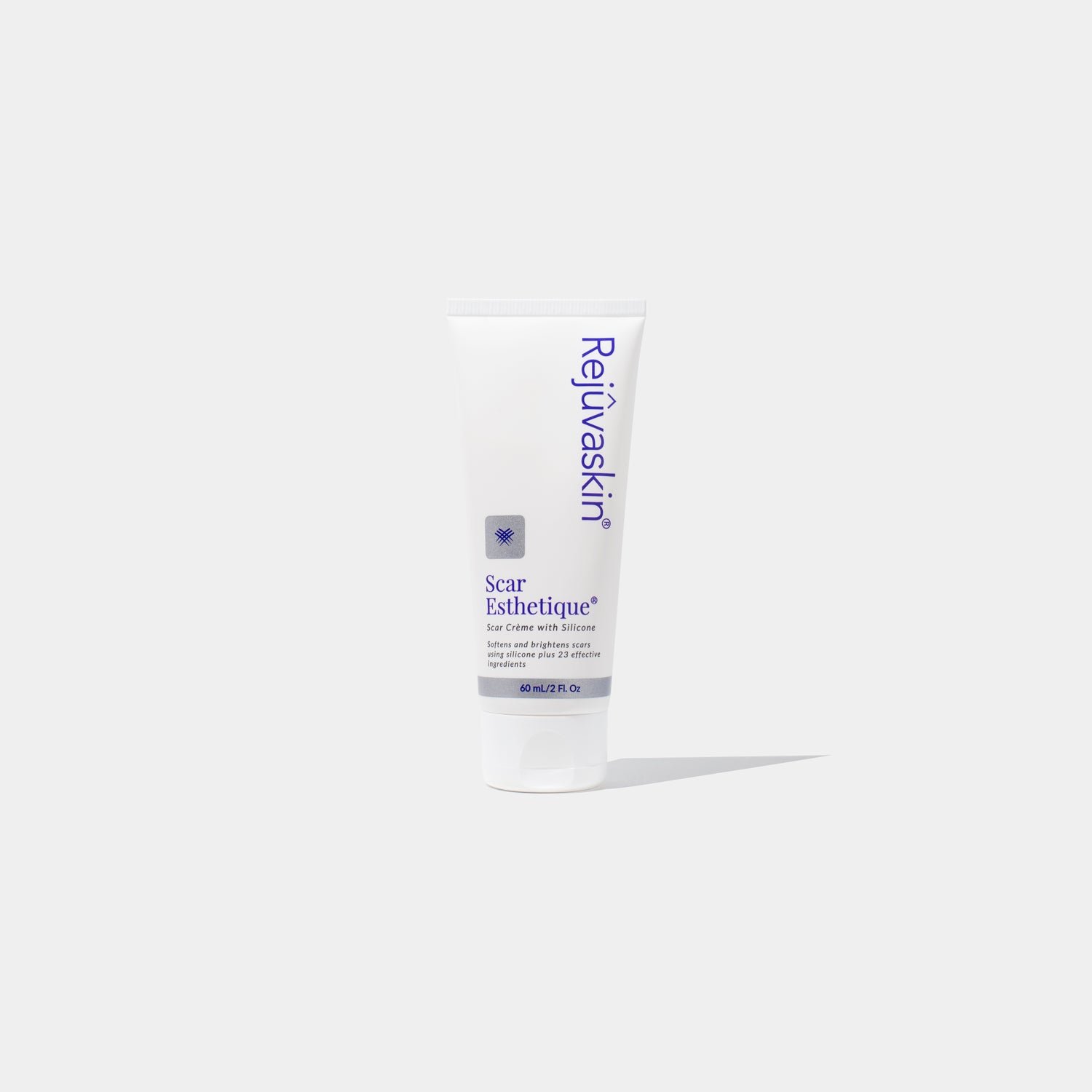
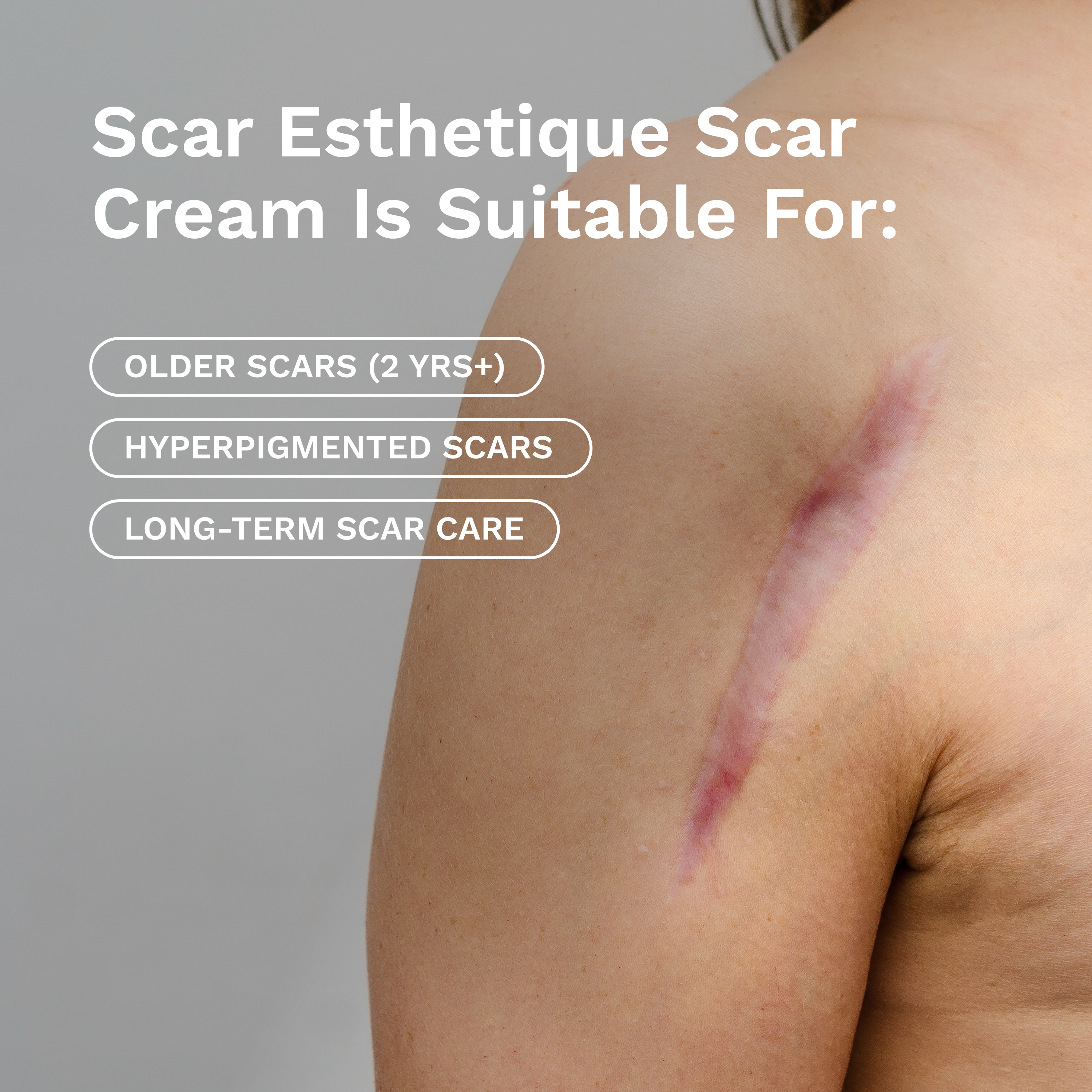









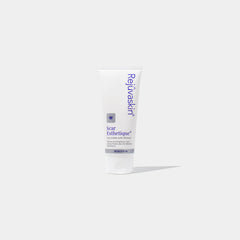
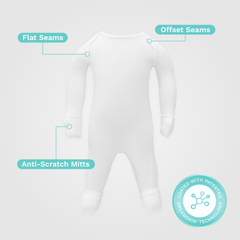


Leave a comment